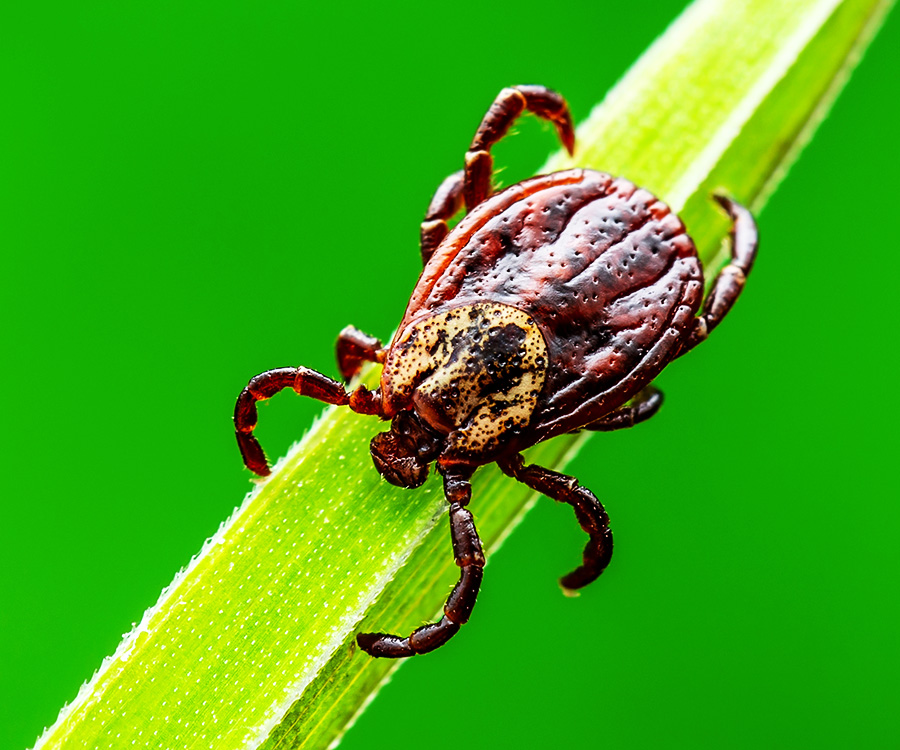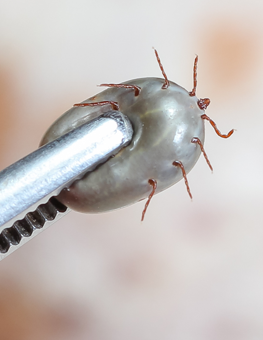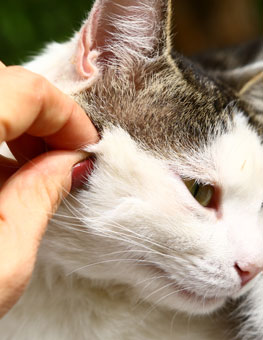Quick Tick Facts
Like the flea, ticks must take a blood meal to survive and will attach to you, as well as your pet. Here are some tick facts that will help you understand how to protect yourself and your pet.
What is a Tick?


While each has different marking, all ticks have a head and an abdomen.
- Ticks are parasites, meaning that it requires a host to sustain life.
- In the US, there are several tick species.
- The most problematic species you might come in contact with are the brown dog tick, American dog tick, deer tick and the Lone Star tick.
What Does a Tick Look Like?
- While each kind of tick has different markings, they are also similar in a number of ways.
- All ticks have two body parts, a head/thorax and an abdomen.
- Tick larvae have three pairs of legs.
- Tick nymphs and adults have four pairs of legs.
Why Do Ticks Bite?
- Ticks usually find a different blood host for each of the larvae, nymph and adult stages; making them potentially a three-host parasite.
- When looking for a host, the tick will climb up on a strand of grass or a shrub, crawl to the end of the sprig or twig and wait with front legs reaching out.
- Tick legs are designed to grasp firmly onto fur or fabric, so all it takes is for a host to brush against the tick to give the parasitic hitchhiker a ride.
- The tick then attaches to the host’s skin with mouthparts that lock it into the skin.
- The tick’s saliva numbs the bite, making it difficult for the host to know it has been bitten.
The Tick Life Cycle


Ticks feed on blood and are potentially a three-host parasite.
- Ticks are a hardy parasite with a life cycle of over a year depending on environmental conditions.
- All ticks go through four life stages: egg, larvae, nymph and adult.
- As soon as tick larvae hatch from their eggs, they search for a host by questing for their first blood meal.
- Larvae fall off the host and molt into nymphs, which find a host to feed on again.
- Nymphs drop to the ground to molt into adults.
- New adults feed and typically mate on a larger animal.
- Female adults will detach from the host, lay eggs on the ground, and die.
- Males mate with many females before also dropping off and dying.
- While tick populations may decrease due to climate conditions in fall months, this doesn't eradicate ticks entirely. It is imperative that you take precautions to protect both you and your pets.














